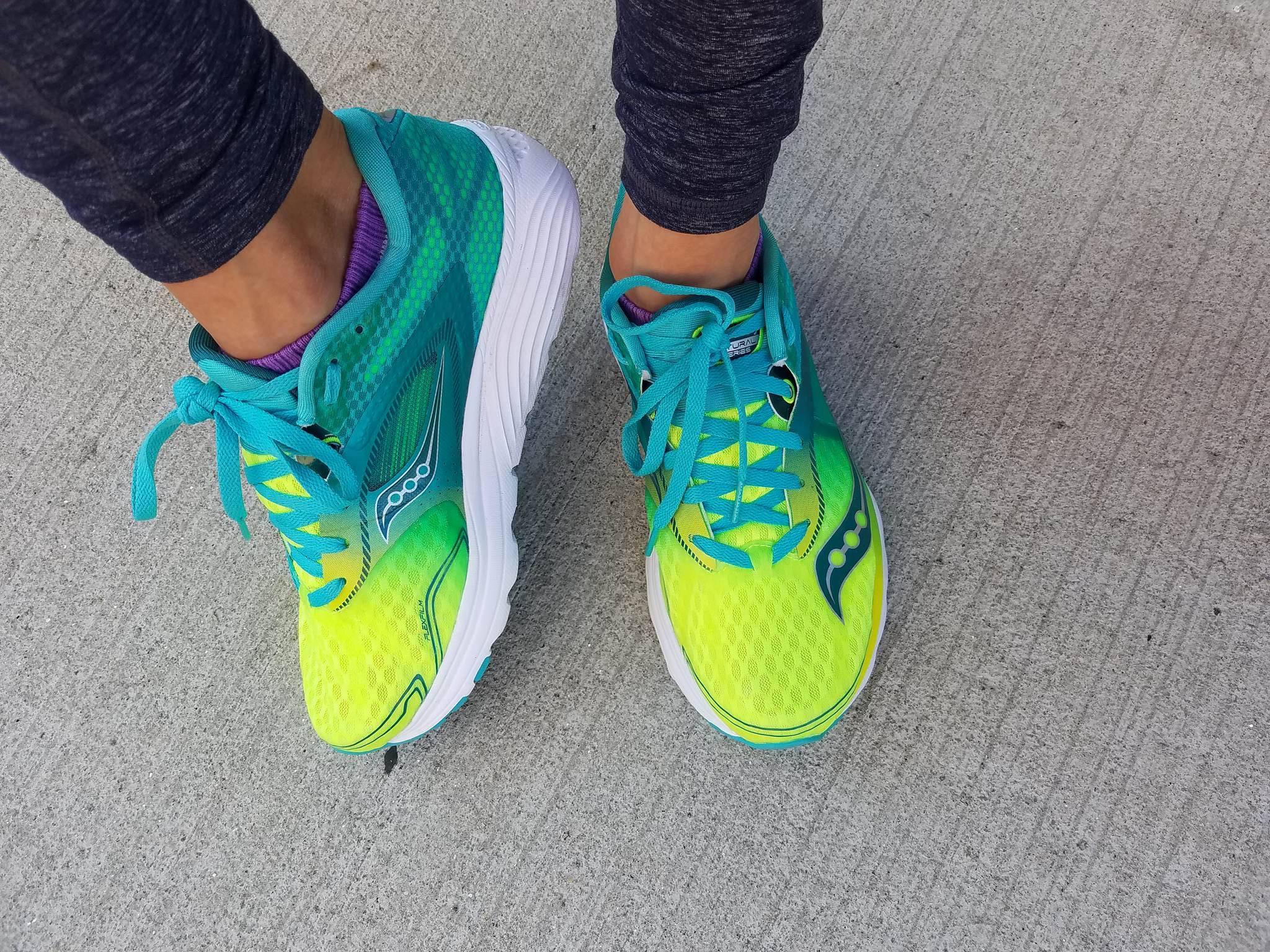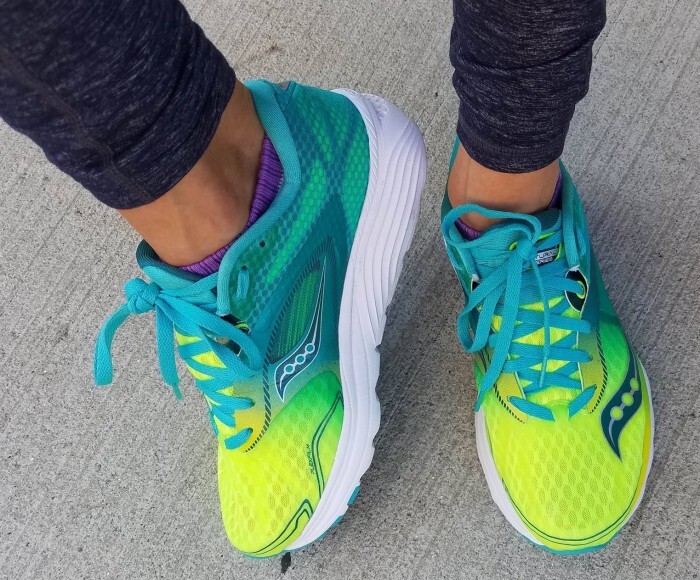
Ever wondered what it’s like to train for a marathon? Our blogger, Rachel Glum, invites you along for the ride as she takes on her second marathon. Sometimes training goes according to plan, but other times, injury can sideline you for weeks at a time. This week, Rachel discusses what lessons learned from injury, and how her plans have shifted.
Injuries are never fun, but they’re especially frustrating when they strike at the time you most want your body to cooperate, like 10 weeks into marathon training, when you’re finally starting to reach significantly high mileage.
But such is life. When you push your body to its limits, and don’t take a step back to monitor how much challenge is too much, injury is inevitable. Our bodies are amazing, but they aren’t invincible.
After taking almost 4 weeks off from running, and limiting walking as much as possible, my body seems to be finally on the mend. I’m finally walking normally again, and feeling less limited.
In fact, this weekend, I bought new sneakers, and made it through a 12 mile run. The cooler weather felt amazing, and I was thrilled that my endurance seemed to be almost where it was before I got injured, though admittedly I was running at a slightly slower pace. In fact, my body felt great overall, and I could have easily kept going for a few miles, had it not been for the re-emerging pain in my feet.

Luckily, I now know that I don’t have a serious injury like a stress fracture. It seems that my injury is the combined result of worn down sneakers and an aggressive training plan. Simply dialing back the intensity of my plan should help me still make it across the finish line in November.
While that’s an encouraging thought, for the first time, it seems that my body is the limiting factor in my running, rather than my mind. I remember the first time I ran over a mile straight, then over 5 miles, then a half marathon, onto a full. Each time, my mind was filled with doubts, and it was my body that allowed me to push past those perceived limitations to achieve exhilarating new distances.
But this time, I’m confident that I have the mental and physical capacity to achieve what I want, but my body isn’t quite cooperating. It’s definitely a strange experience!
While I’m still in the midst of recovering, I’ve already gleaned a few lessons from this unfortunate experience that I hope will help some of you avoid what I’m going through.
Lessons Learned from Injury
1. Don’t ignore pain while running
I know that I’m not alone in having trouble sticking to this, as many of my runner friends have continued to run as old injuries flared up too. It can also be difficult to differentiate the “normal” pain or discomfort that happens when you run ridiculously long distance, from pain that indicates a potential injury. But it’s important to try to tune into your point, and pay close attention to any unusual pain you experience. If it continues to get worse or makes you alter your gait it all, it’s smarter to stop and assess if you should take some time off.
It’s possible that had I immediately stopped running when I suspected an injury, that I wouldn’t be in this situation. It’s also possible that I would have simply delayed the onset of injury, and eventually gotten hurt regardless, due to the high volume of training. What I do know is that it’s not worth it to get through that one long run, or to run simply to “stick to the plan” when you feel pain beyond what’s normal.
It’s better to take care of yourself, and embrace rest when you need it. Exercise will always be there for you again once you’re recovered.
2. Frequently buy new sneakers — and make sure they work for you
Runners know the importance of good footwear, but when you wear your sneakers every day, it’s easy to lose track of how many miles you’ve logged with them, and difficult to perceive when the cushioning has been worn down.
I bought new sneakers this past weekend, after realizing just worn down my old ones were, even after only 5 months. Walking or running in the new sneakers causes my feet much less impact, due to the fresh cushioning.
Also, it’s essential to make sure that your shoes fit well, and that they are not too tight. I suspect that my injury was aggravated by tying my shoes too tightly, and by wearing a size that was not conducive to long-distance training. During long runs, your feet will likely swell, so wearing a slightly bigger size could help your feet have more room to expand without causing the shoes to put pressure on your feet. It’s also important for your toes to have room to spread out in the toe box, to support proper running form.
If you live in the Boston area, go to Marathon Sports, where they will assess your gait and running goals, and help you find the perfect shoe. Now I just have to remember to replace them more often!
3. Cross-train more
There are differing schools of thought on this one. Some people say that if you want to get better at running, you should almost exclusively run, as your body will adapt to that specialty. Others cite cross-training as very important for promoting muscle strength, avoiding injuries, and preventing burnout. I’m firmly in the pro-cross training camp now. While I have done two sessions of strength training a week throughout my training, my only cardiovascular exercise before getting injured was running 5 days a week.
I’m realizing now that my body likely would have been much happier replacing at least one of thsoe running sessions with non-weight bearing cardio, such as cycling or swimming, to help with recovery and prevention of overuse injuries, especially because many of my training runs were very difficult speed & interval training sessions.
Stretching and yoga, which had also fallen to the wayside, are also extremely important in preventing muscle tightness. Keeping muscles limber can then help keep your body functioning as it’s supposed to, rather than developing compensatory patterns that put more stress on other joints or muscles that aren’t built to handle it.
4. Be kind to yourself
I’ll be the first to admit that this is no easy task. When you get injured, it feels as if your body is betraying you, while your mind is still laser-focused on your training goal. It takes a while for you to shift gears — to realize that your injury is not a betrayal, but your body’s way of telling you you were pushing too hard, and to shift your focus to recovery, rather than training up for race day.
We have to remember why we run in the first place. For me, the list is endless — to feel the wind on my face and the freedom of movement in my body, to calm my mind and cultivate confidence, to stay healthy and fit, to feel enlivened by the physical challenge.
Races are fun and challenging, but they are simply a tool for expanding how we interact with running in our lives. While I’m hoping to still run the marathon come November, it’s most important to take the time now to be kind to my body and let it heal, so that I can continue my love affair with running for years to come.



